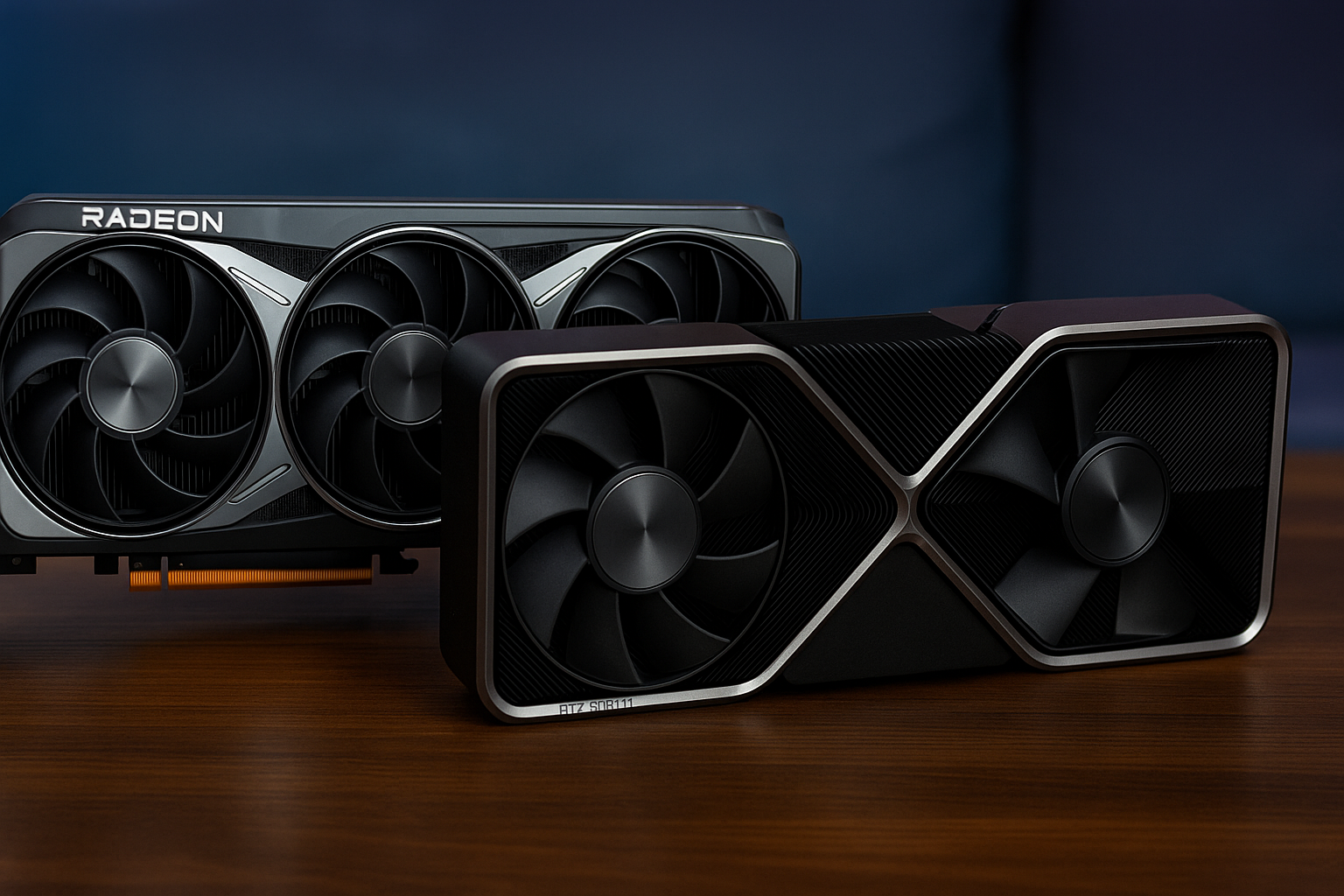
RTX 5070 Ti vs RX 9070 XT (2025) – Best GPU for 1440p, 4K & Esports
By: pcbuildhelper Editorial Team | Updated: 9/19/2025
Looking for the best GPU for gaming in 2025? You’re likely choosing between two major contenders in the mid-to-high-end space: Nvidia’s RTX 5070 Ti and AMD’s RX 9070 XT. These GPUs are built for serious performance without entering flagship pricing—and they take very different approaches to power, features, and value.
In this head-to-head breakdown, we’ll compare them across real-world FPS benchmarks, specs, pricing, and long-term usability—so you can pick the right card for your setup and gaming goals.
TL;DR – Quick Answer
Best Performance by Use Case
- 1080p Esports: RTX 5070 Ti – Higher FPS, Nvidia Reflex, and DLSS 3.5 support
- 1440p Gaming: RX 9070 XT – More VRAM and stronger native rasterization
- 4K + Ray Tracing: RTX 5070 Ti – Better RT cores, smoother DLSS scaling
- Overall Value: RX 9070 XT – Lower cost-per-frame, especially at 1440p
Who Should Buy What
- Esports Players → Nvidia RTX 5070 Ti
- Recommended Model: ASUS The SFF-Ready Prime GeForce RTX 5070 Ti OC Edition
- AAA Gamers at 1440p → AMD RX 9070 XT
- Recommended Model: XFX Swift AMD Radeon RX 9070XT
- Content Creators & Future-Proofers → Nvidia RTX 5070 Ti
- Recommended Model: GIGABYTE GeForce RTX 5070 Ti Eagle OC
RTX 5070 Ti vs RX 9070 XT – Which GPU Is Best in 2025?
Launched in mid-2025, both the RTX 5070 Ti and RX 9070 XT are upper mid-range GPUs designed to deliver premium gaming performance without pushing into flagship pricing. While their performance overlaps in some areas, they take distinct approaches to architecture and priorities.
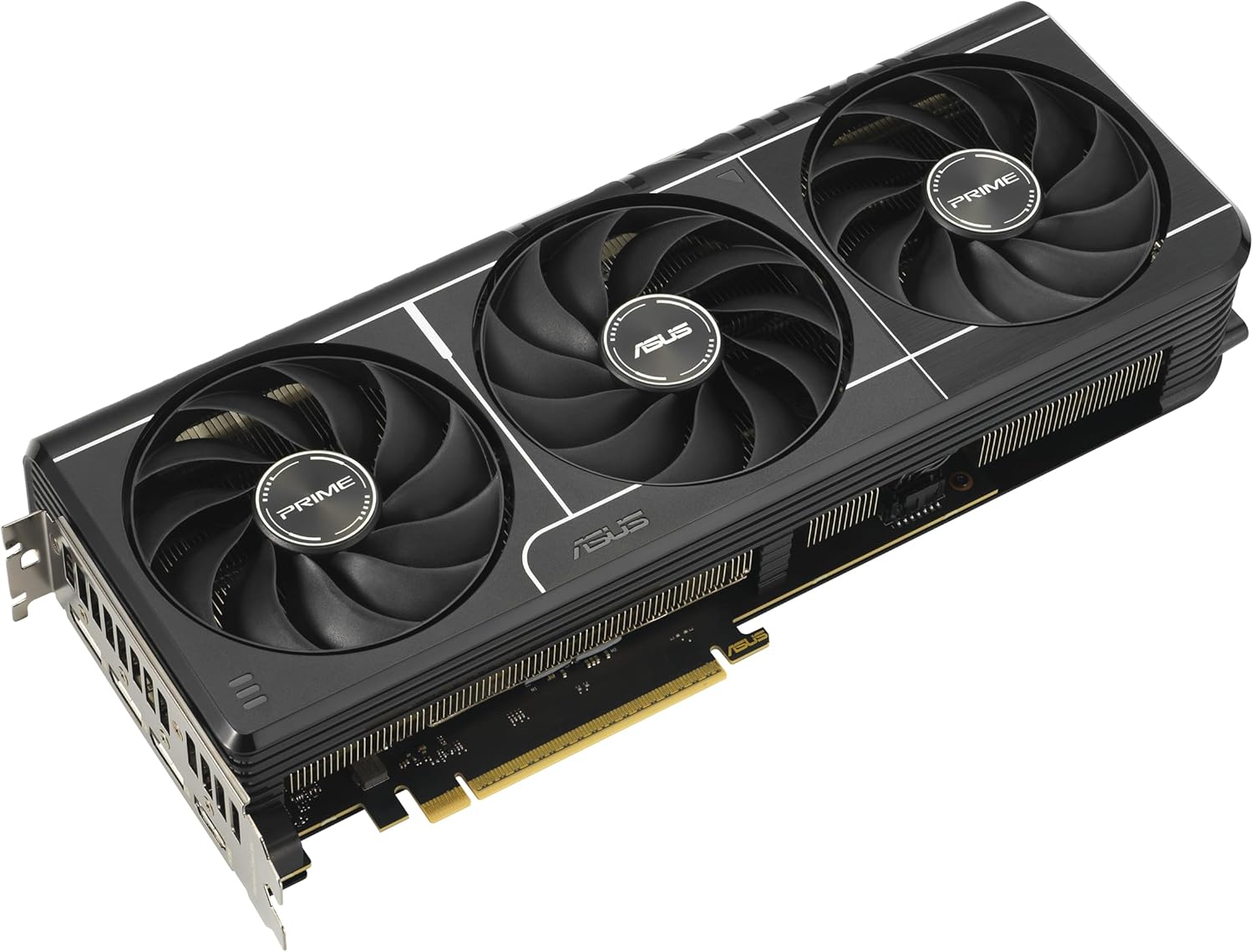
Nvidia RTX 5070 Ti
- Architecture: BlackwellVRAM: 12 GB GDDR7
- Key Features:
- DLSS 3.5 with frame generation
- Next-gen ray tracing cores
- Nvidia Reflex, NVENC encoder for streamers
- Best For: High-FPS esports, 4K gaming with upscaling, creators using Nvidia’s software stack
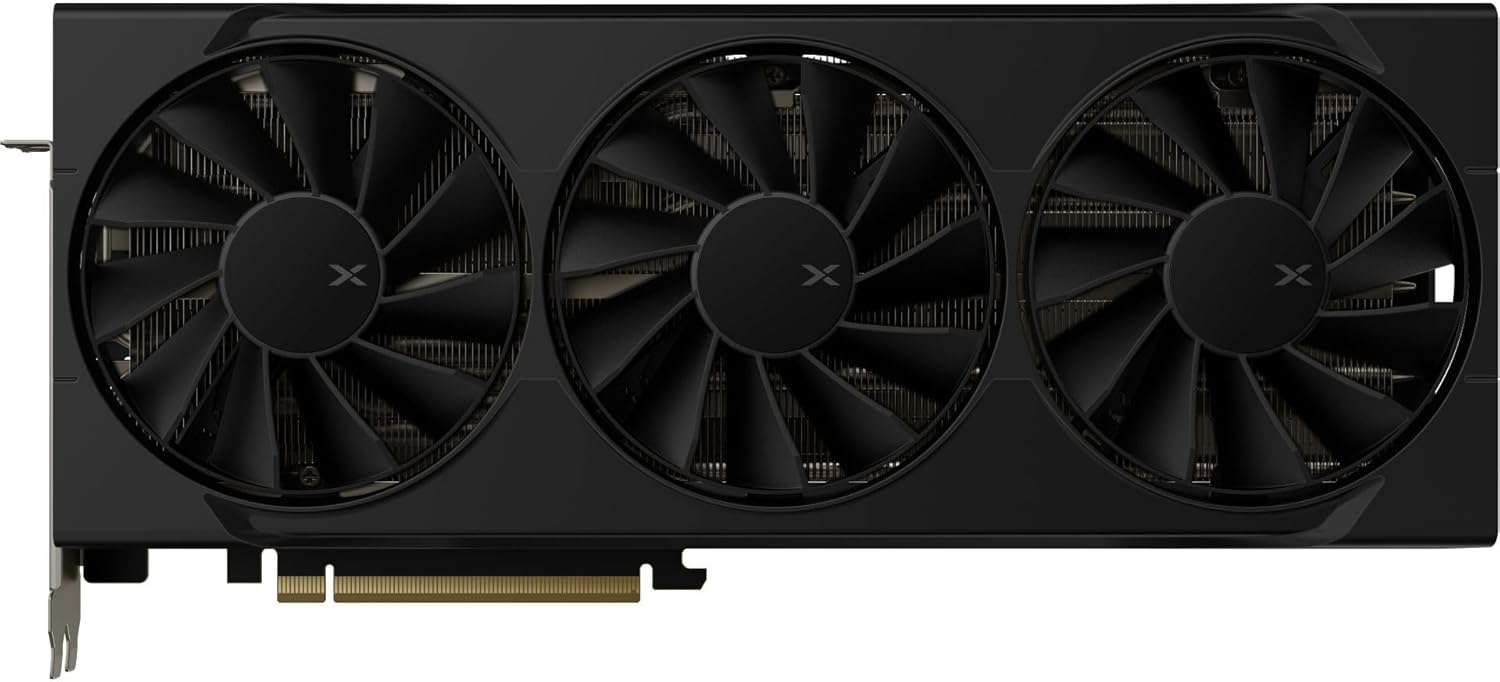
AMD RX 9070 XT
- Architecture: RDNA 4
- VRAM: 16 GB GDDR6
- Key Features:
- Superior raw rasterization
- Wider memory bus for better bandwidth
- FSR 3 support for upscaling
Best For: 1440p gaming, memory-intensive titles, buyers focused on native performance and value
Bottom Line:
This matchup boils down to features vs value. The RTX 5070 Ti delivers advanced AI features, ray tracing, and superior software support, while the RX 9070 XT offers more VRAM and stronger native performance per dollar—especially at 1440p.
Gaming Benchmarks & FPS (2025)
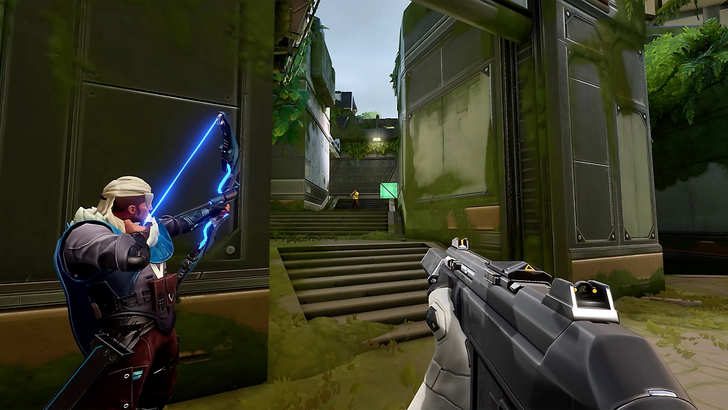
1080p – High FPS Competitive Play
When it comes to 1080p, the priority isn’t just high graphics settings—it’s raw speed and ultra-low input latency, especially in esports titles. Competitive players rely on frame rates that exceed 240Hz, often pairing GPUs with 360Hz+ monitors to eliminate motion blur and maximize responsiveness.
Nvidia RTX 5070 Ti
- Achieves 400–500 FPS in top-tier competitive games like Valorant, CS2, Overwatch 2, and Fortnite on competitive settings.
- DLSS 3.5 boosts performance without sacrificing image clarity, especially in GPU-limited scenarios.
- Nvidia Reflex further reduces input latency, giving players a critical edge in flick shots, peeks, and quick trades.
- The card's stable power delivery and thermal efficiency ensure consistent frame pacing during extended sessions, which is crucial in tournaments and ranked grinds.
Ideal For:
Esports professionals, streamers in competitive scenes, and anyone who plays twitch-sensitive shooters with a 240Hz or 360Hz monitor.
AMD RX 9070 XT
- Produces 350–450 FPS in the same games, more than enough for most 144Hz and 240Hz displays.
- Offers excellent rasterization performance at native resolution, with smooth delivery and minimal dips.
- However, it lacks a true Reflex-equivalent and doesn’t benefit from the same AI-assisted scaling or latency tools Nvidia provides.
- Stability is still excellent, especially in less CPU-limited games, but software optimizations lag slightly behind Nvidia’s esports stack.
Ideal For:
Casual to serious competitive players who want high frame rates without overspending—especially those not targeting ultra-high refresh displays.
👉 Verdict:
The RTX 5070 Ti is the dominant choice for 1080p esports and competitive gaming. With DLSS 3.5, Reflex, and higher peak FPS, it gives players every possible edge in responsiveness and clarity. The RX 9070 XT is still an excellent performer, but better suited for budget-conscious players who don’t need sub-millisecond input latency or extreme frame targets.

1440p – The Performance Sweet Spot
For most modern gamers, 1440p at high refresh rates hits the ideal balance between visual fidelity and performance. It pushes your GPU harder than 1080p, but doesn’t carry the same computational demands as 4K—making it the go-to resolution for players who want both crisp visuals and smooth gameplay.
AMD RX 9070 XT
- Delivers 180–220 FPS in modern AAA titles at ultra settings, with rock-solid frame pacing and excellent thermal stability.
- The 16 GB of GDDR6 VRAM provides crucial headroom for high-resolution textures, large open-world environments, and memory-intensive game mods.
- Performs exceptionally well in titles like Starfield, Hogwarts Legacy, Baldur’s Gate 3, and Cyberpunk 2077 (non-RT), especially in native rendering modes.
- With AMD’s driver maturity improving in 2025, the card holds consistent performance across both DX12 and Vulkan engines.
Why It Stands Out:
This is the GPU built for pure 1440p dominance—native rendering, ultra settings, and long-term stability without breaking your budget.
Nvidia RTX 5070 Ti
- Achieves 160–200 FPS in similar AAA titles, and leverages DLSS 3.5 to stay competitive—even in more demanding games.
- 12 GB of GDDR7 VRAM is faster, but more limited in capacity. In most current titles, this isn’t an issue, but large texture packs, heavy modding (e.g., Skyrim/Starfield), or next-gen engines could start to push its limits.
- DLSS frame generation helps in supported titles like Alan Wake II, The Witcher 3 (RT version), and Cyberpunk 2077, but its advantage shrinks in games that don’t support Nvidia’s ecosystem.
- Reflex and NVENC still make it a viable choice for 1440p streamers and competitive players looking to balance visuals with response time.
Why It’s Still Strong:
Nvidia holds its ground through software-driven performance gains and lower latency tools—but the smaller VRAM pool may limit its long-term flexibility at this resolution.
👉 Verdict:
The RX 9070 XT is the better 1440p performer for most gamers, especially those who want native performance at ultra settings and plenty of VRAM for future-proofing. The RTX 5070 Ti is still a strong option, particularly in DLSS-supported titles or mixed-use rigs—but for pure 1440p gaming, AMD wins this round.

4K Gaming & Ray Tracing Performance
- RTX 5070 Ti: Delivers 90–110 FPS in modern AAA games at high to ultra settings when DLSS 3.5 is enabled. Nvidia’s latest ray tracing cores provide smooth performance even in heavy RT workloads (Cyberpunk 2077, Alan Wake II), making this card an excellent fit for cinematic experiences at 4K.
- RX 9070 XT: Produces 70–90 FPS in similar games at native 4K. Ray tracing performance lags behind, particularly in newer engines. However, in rasterized games without RT—like Assassin’s Creed Valhalla or Horizon Zero Dawn—performance remains competitive and stable.
👉 Verdict: The RTX 5070 Ti is better suited for 4K gaming, especially in titles that support DLSS and ray tracing. The RX 9070 XT can handle 4K but is best kept to non-RT or FSR-enhanced scenarios.
Upscaling Tech – DLSS 3.5 vs FSR 3
- DLSS 3.5: Nvidia’s AI-enhanced frame generation offers smoother motion and sharper visuals, particularly at 4K. It works hand-in-hand with ray tracing for higher fidelity and performance.
- FSR 3: AMD’s solution is open-source and widely supported, but tends to produce softer images, especially at lower resolutions. It’s functional and flexible but lacks DLSS’s polish and fluidity.
👉 Verdict: DLSS 3.5 is the superior upscaler for 4K gaming. FSR 3 wins on openness and cross-compatibility but falls short in quality.
Price-to-Performance Value
- RTX 5070 Ti: MSRP $649, typically selling between $699–749. Its value improves in DLSS-optimized games, but native performance per dollar is weaker than AMD’s.
- RX 9070 XT: MSRP $599, retailing around $629–679. Delivers roughly 10–15% better cost-per-frame at 1440p and competitive 4K raster performance for less money.
👉 Verdict: RX 9070 XT wins for value-focused buyers, offering more raw FPS per dollar—especially at native resolutions.
Power, Efficiency & Cooling
- RTX 5070 Ti: TDP around 260W, generally runs cooler and draws less power under sustained load. Compatible with most 650W+ PSUs and well-behaved in compact builds.
- RX 9070 XT: TDP of ~280W, slightly hotter but still efficient by high-end standards. Requires similar PSU headroom but may need more robust cooling in smaller cases.
👉 Verdict: Nvidia has a slight edge in efficiency and thermal performance, though both cards are reasonable for modern mid-to-high-end systems.
Future-Proofing & Longevity
- RX 9070 XT: With 16 GB of VRAM, this card is better positioned for memory-intensive games, future mods, and texture-heavy open-world titles. It’s a safer long-term bet for systems that won’t see a GPU upgrade for several years.
- RTX 5070 Ti: While it has less VRAM (12 GB), it’s bolstered by cutting-edge software features—DLSS 3.5, Reflex, NVENC—and Nvidia’s superior driver support. It’s also more scalable in systems that might get a CPU or monitor upgrade down the line.
Upgrade Paths:
- RX 9070 XT is ideal for midrange builders looking for stability and longevity without frequent upgrades.
- RTX 5070 Ti is better for enthusiasts or esports players who might pair it with faster CPUs and high-refresh monitors.
👉 Verdict: Nvidia wins on feature longevity and ecosystem polish. AMD wins on VRAM-driven durability and memory-sensitive gaming.
Best Use Cases for Each GPU
Who Should Buy the RTX 5070 Ti
- Competitive gamers chasing maximum FPS in esports titles
- Players who prioritize ray tracing and DLSS 3.5 upscaling
- Streamers and content creators leveraging Nvidia NVENC for better encoding performance
- Gamers looking for future-ready AI features and driver support
Who Should Buy the RX 9070 XT
- 1440p gamers wanting ultra settings with extra VRAM headroom
- Budget-conscious buyers who want the best performance-per-dollar
- Players focused on native performance and rasterization power
- Long-term builders who value VRAM longevity for future titles and mods
Final Verdict – RTX 5070 Ti vs RX 9070 XT
The RTX 5070 Ti stands out for players who want the best in esports performance, ray tracing, and AI-powered features like DLSS 3.5 and Nvidia Reflex. It’s also the top choice for streamers and creators thanks to NVENC and broader software support.
Meanwhile, the RX 9070 XT delivers excellent native performance, extra VRAM for the long haul, and unbeatable value—especially for 1440p gamers who want ultra settings without breaking the bank.
Bottom line:
- Choose the RTX 5070 Ti for maximum FPS in competitive titles, next-gen graphics tech, and streaming tools.
- Choose the RX 9070 XT for best-in-class 1440p performance, long-term VRAM headroom, and cost efficiency.
Both cards are future-ready and deliver outstanding results in their respective strengths—so the “better” GPU comes down to your gaming style and what you value most.
FAQs
Is the RTX 5070 Ti better than the RX 9070 XT for gaming in 2025?
The RTX 5070 Ti leads in esports and ray tracing, while the RX 9070 XT wins on 1440p value with more VRAM. The better choice depends on your goals.
Which GPU offers better benchmarks, RTX 5070 Ti or RX 9070 XT?
At 1080p and 4K, the RTX 5070 Ti is stronger with DLSS 3.5 and ray tracing. At 1440p, the RX 9070 XT delivers higher FPS per dollar thanks to its 16 GB VRAM.
Editorial Team
Every guide on pcbuildhelper is created by our editorial team of experienced PC builders, gamers, and engineers. We combine hands-on testing, community insights, and trusted industry data to make sure our recommendations are practical, accurate, and up to date. While we use AI to assist with research and formatting, all final content is reviewed and validated by our human team to ensure clarity and trustworthiness.
Related Articles
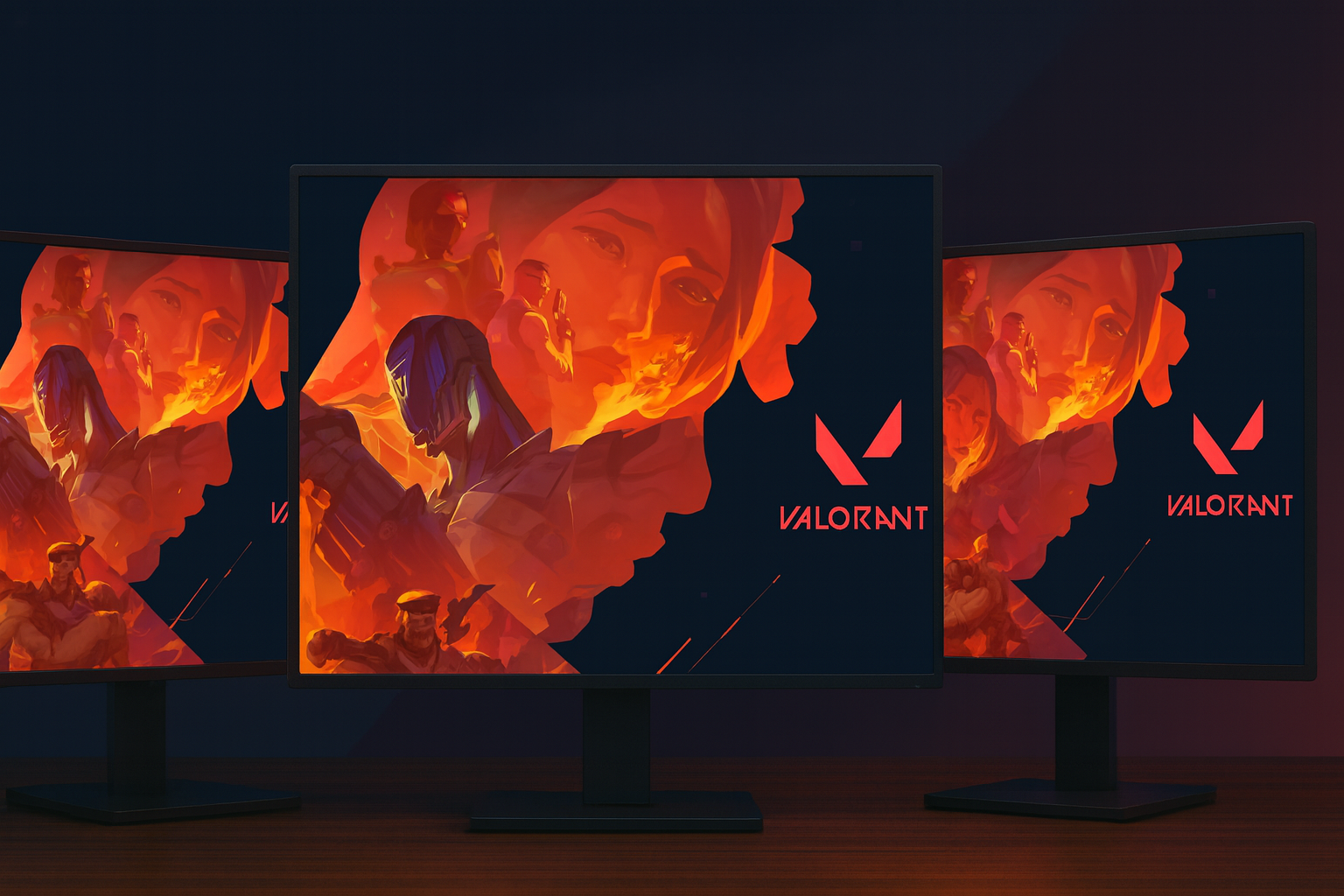
Best Monitors for Valorant 2025 – 240 Hz & 360 Hz Pro Picks + Tournament Setups
Discover the monitors Valorant pros use in 2025: 240 Hz and 360 Hz esports displays, 1080p & 1440p options, and the exact tournament-standard models.
9/19/2025
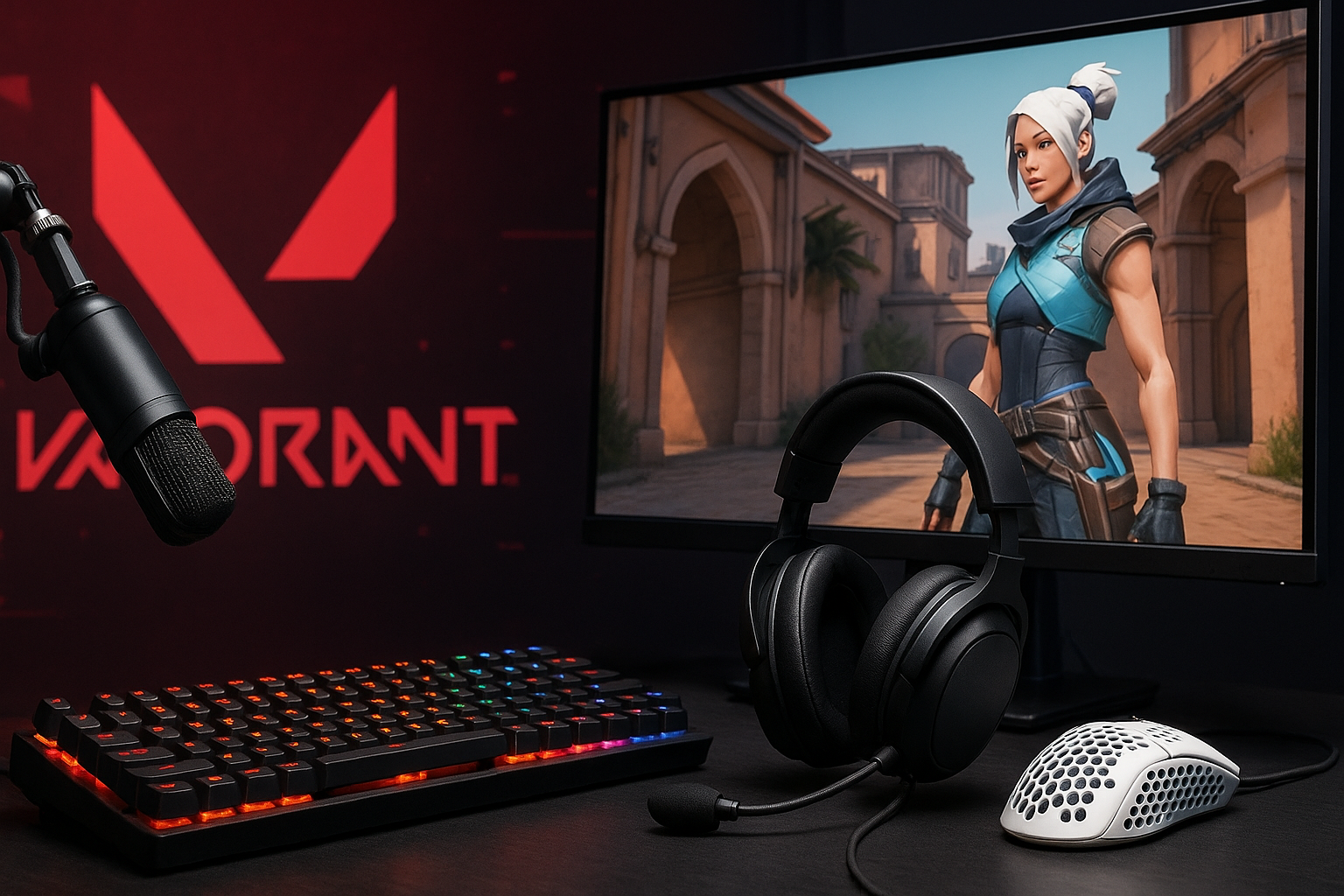
Valorant Pro Gear & Peripherals Guide: What Top Players Use
See the exact gear Valorant pros use—mice, keyboards, monitors & headsets. Find out which pro equipment can boost your aim, speed & comfort.
9/19/2025
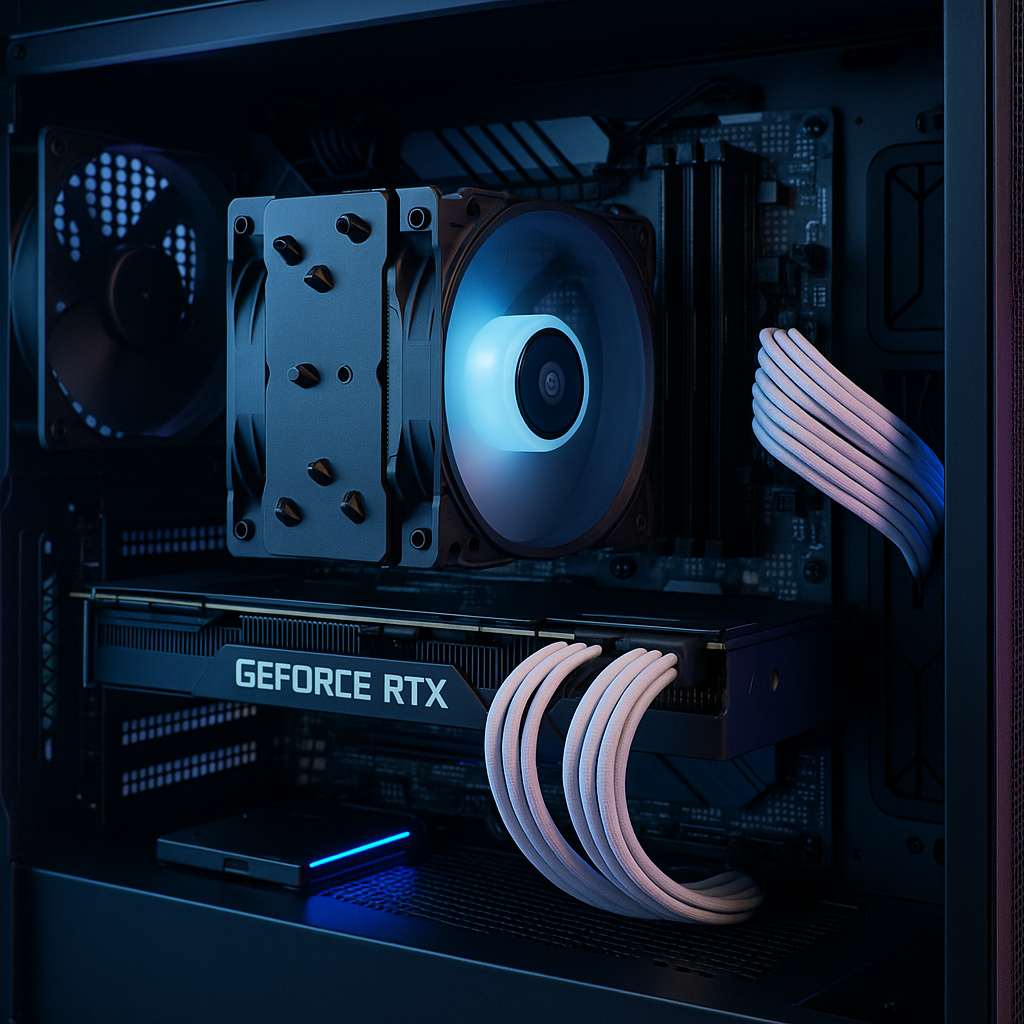
How to Build a Custom PC in 2025 – Parts List, Steps & Pro Tips
Build a custom PC in 2025 and skip the prebuilt tax. Get step-by-step help, exact parts lists from ~$800 to $2,000, and upgrade-ready picks with no bottlenecks.
11/25/2025
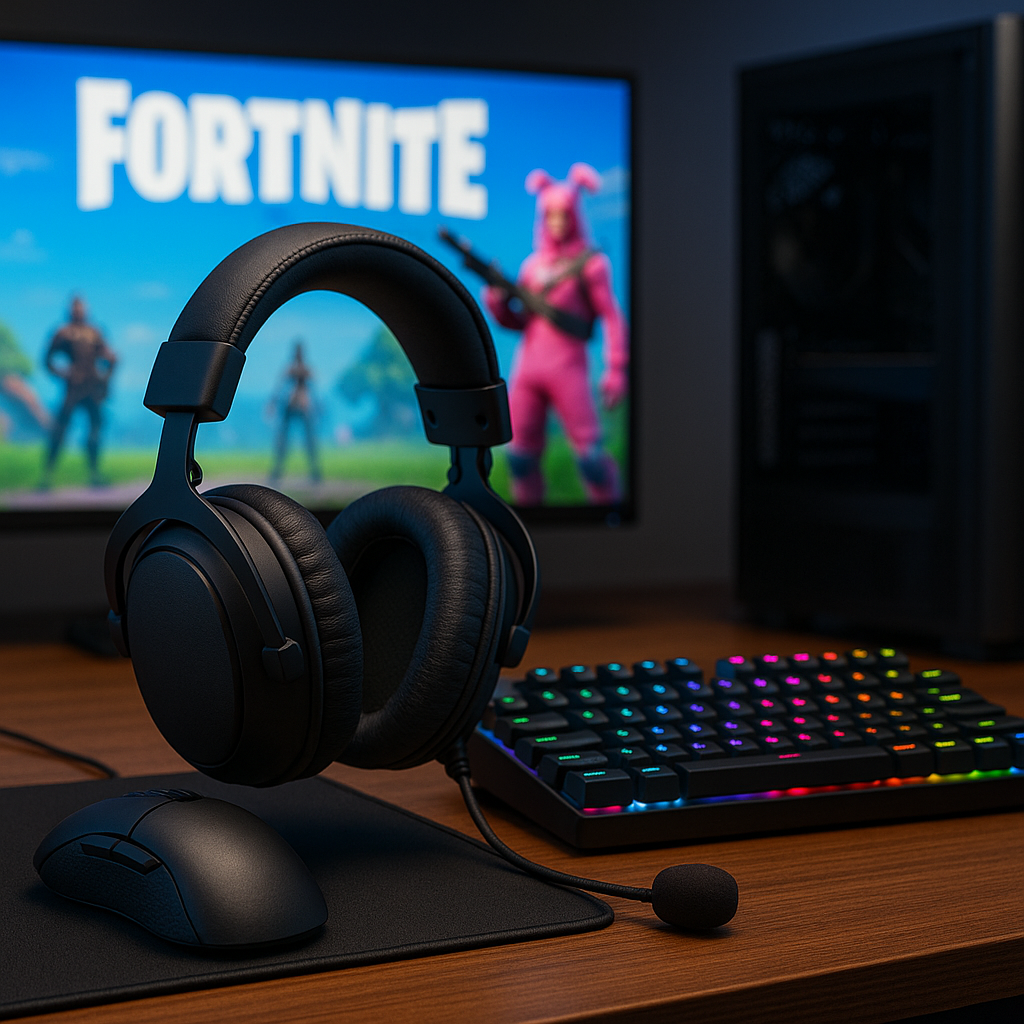
Gear Breakdown: Fortnite Pros’ Setups & Peripherals in 2025
What gear do Fortnite pros use in 2025? Discover the exact monitors, mice, keyboards, and PC setups trusted by top competitive Fortnite players—optimized for FPS, speed, and consistency.
8/30/2025

Best $2000 Gaming PC Build (2025) – 4K Ultra & High-End Performance
Discover the ultimate $2000 gaming PC build for 2025 featuring the RTX 5080 and Ryzen 9 9900X—perfect for 4K Ultra gaming, streaming, content creation, and next-gen performance.
11/22/2025